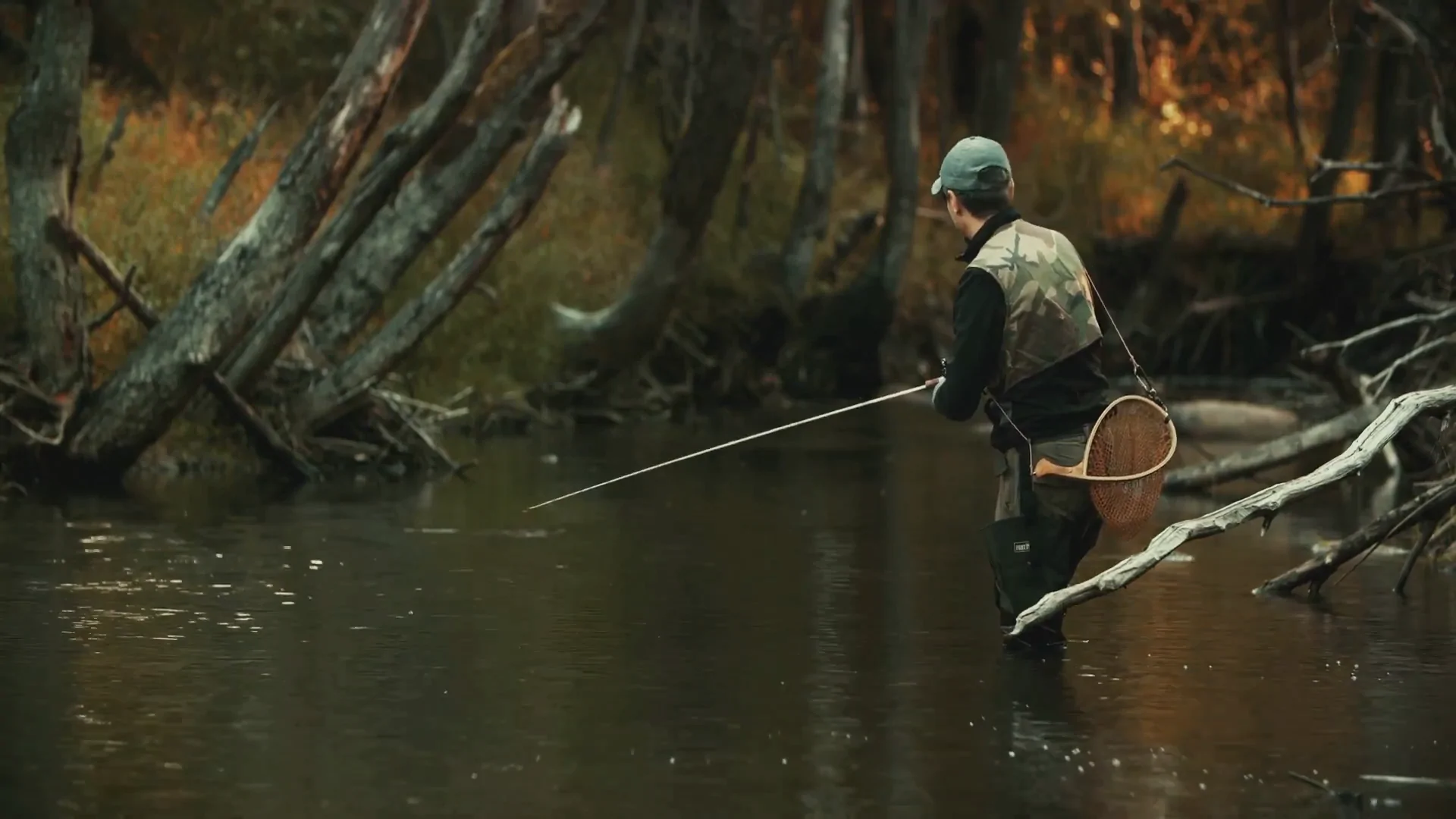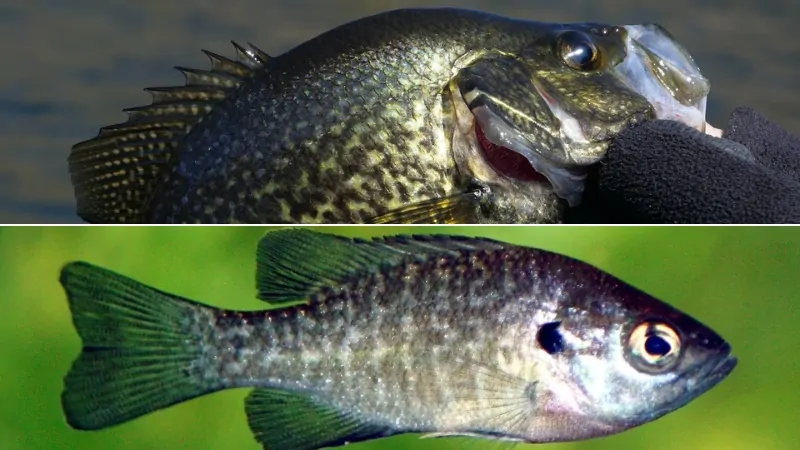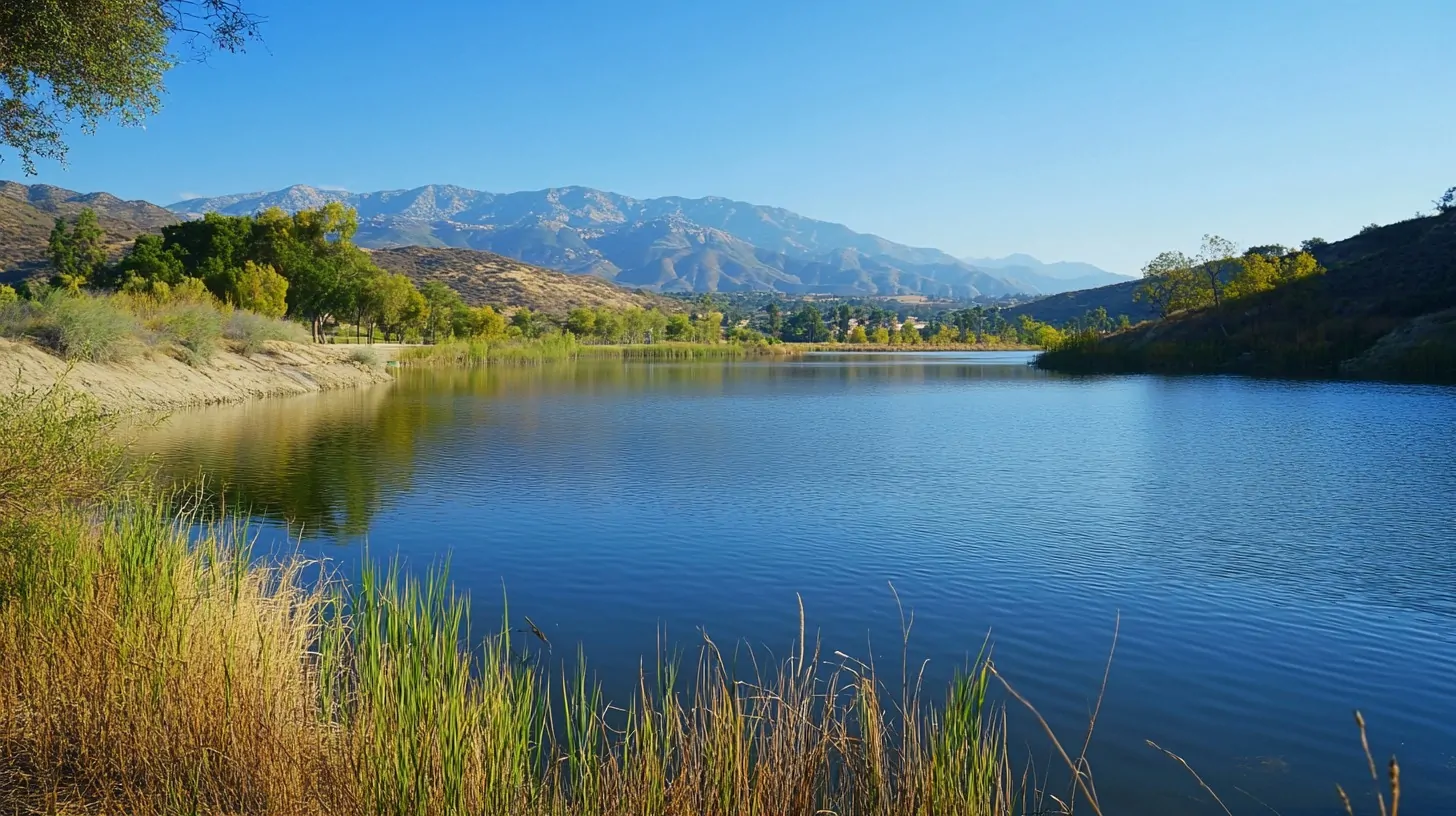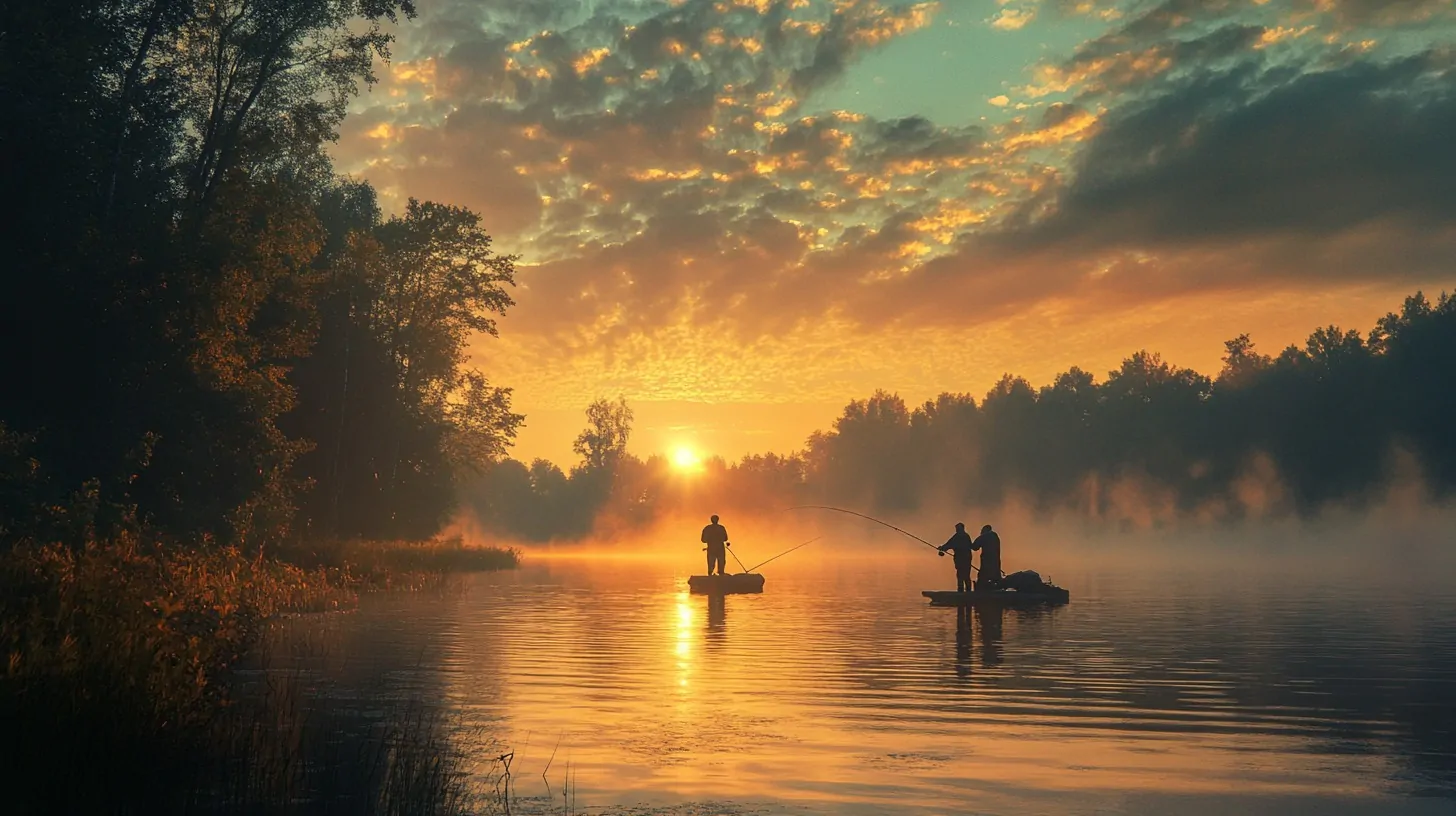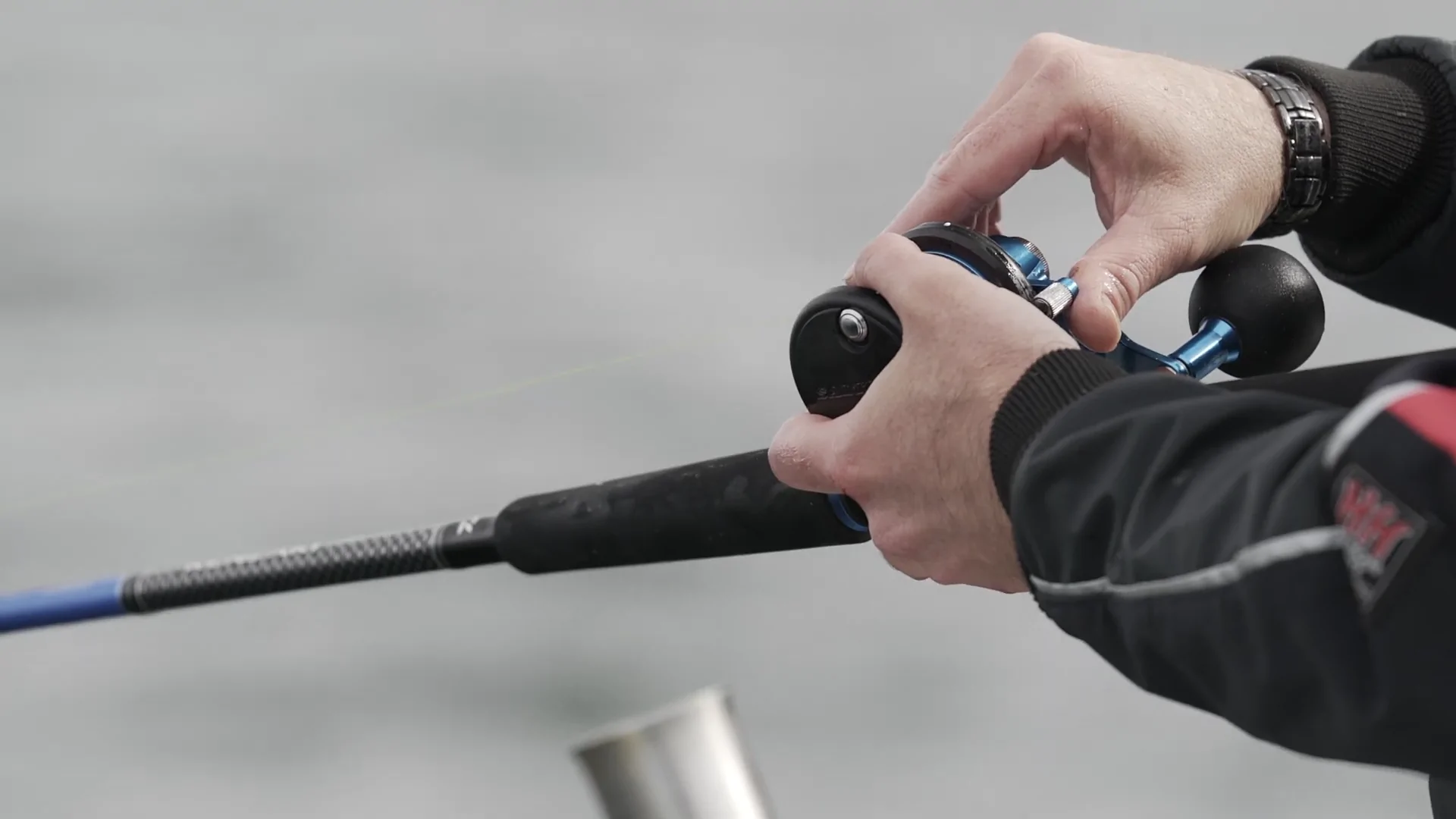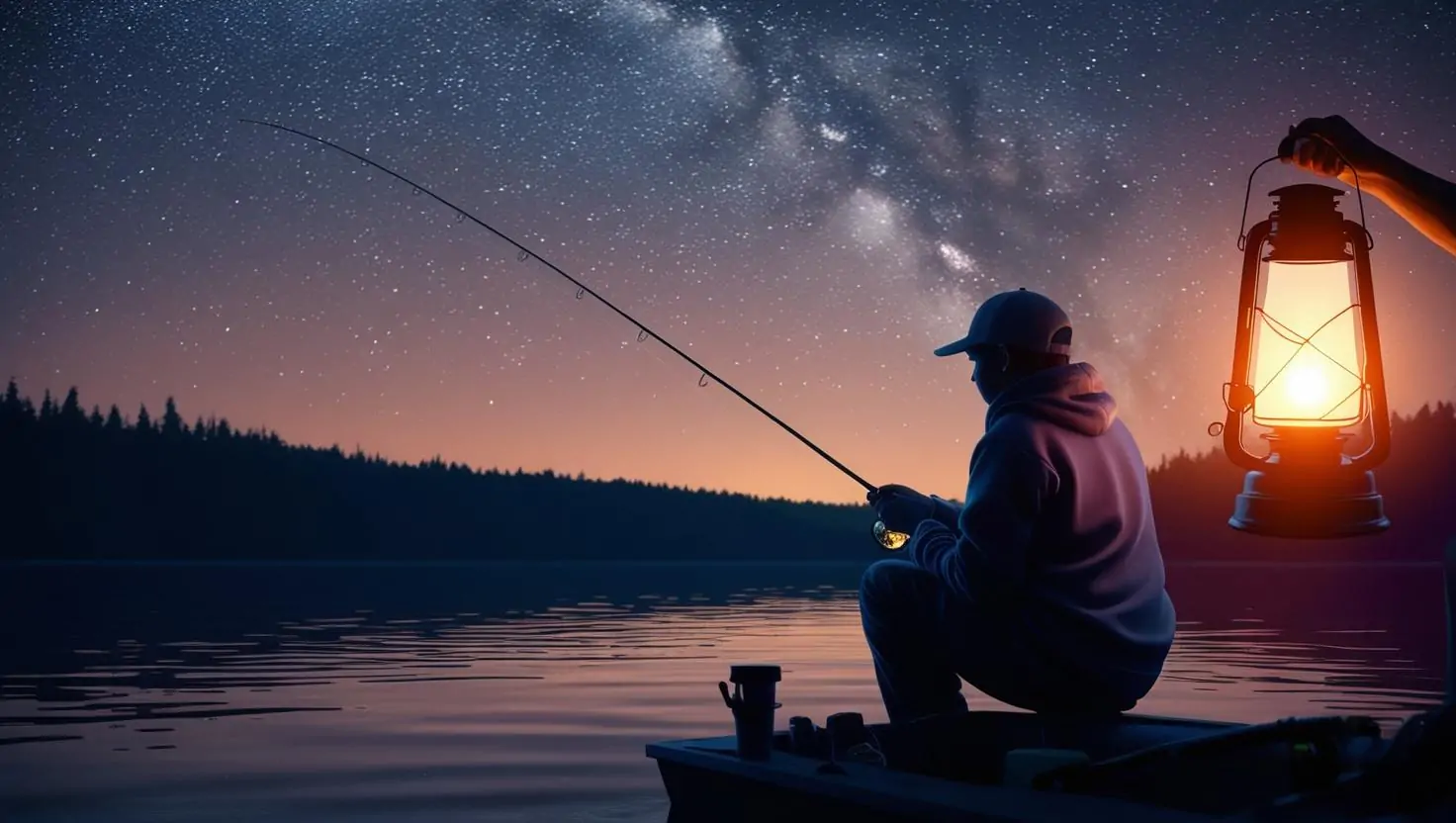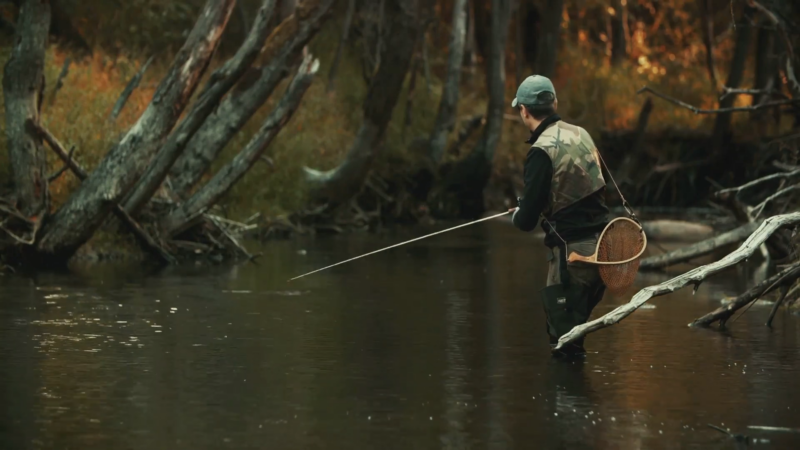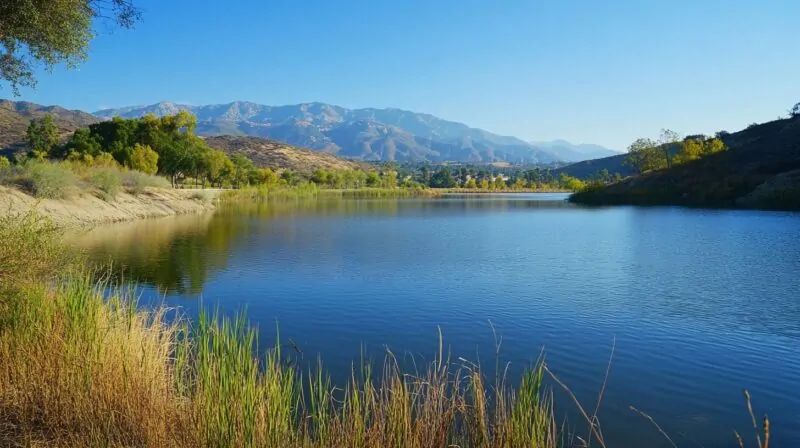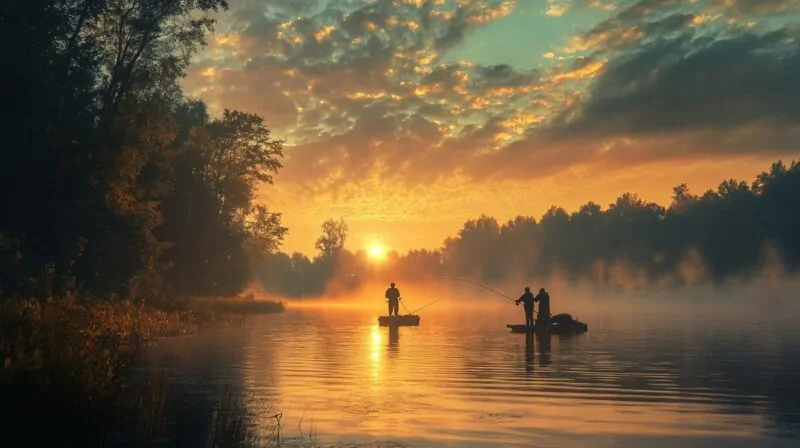
Share Post:
Timing plays a major role in fishing success. Different environmental factors influence fish activity, making some times better than others.
Variables like time of day, season, weather conditions, and lunar cycles determine fish movement and feeding behavior.
Recognizing these patterns increases the likelihood of catching more fish.
Table of Contents
ToggleThe Best Times of Day to Fish
Fishing success heavily depends on timing and different times of the day present varying conditions that affect fish activity. Factors such as water temperature, light levels, and feeding habits dictate when fish are most likely to bite.
Early morning and late afternoon tend to be the most productive periods, while midday poses challenges due to higher temperatures.
Night fishing also offers opportunities for specific species that become more active after sunset. Recognizing these patterns allows anglers to adjust their strategies and improve their chances of a great catch.
Early Morning (Dawn)
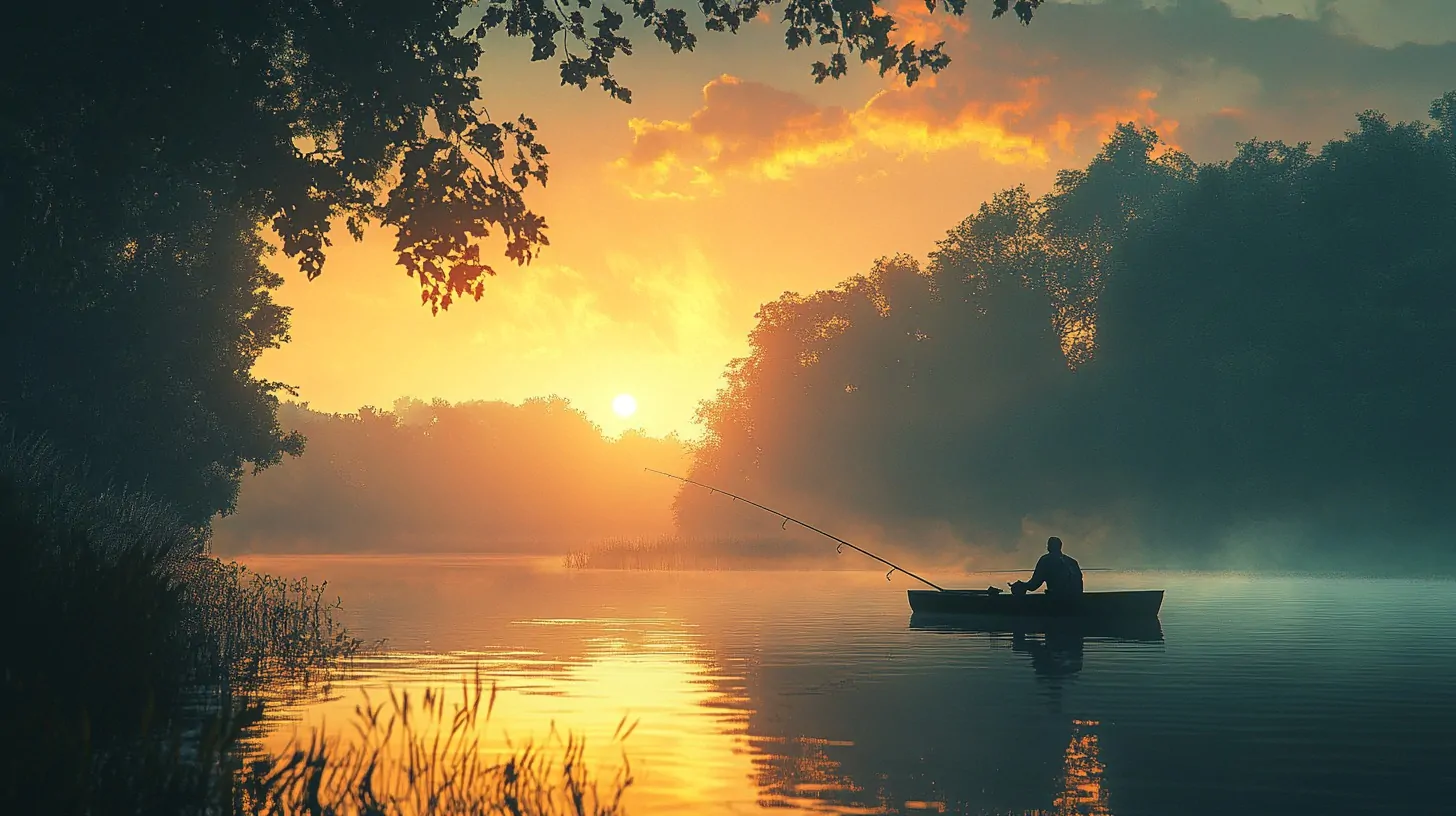
The period just before and after sunrise is one of the most rewarding times to fish. The water remains cool, allowing fish to move freely and hunt without the stress of excessive heat.
Many species, especially predatory fish, take advantage of this time to feed on insects and baitfish that are also more active during dawn.
- Cooler water temperatures keep fish comfortable and active.
- Increased insect and baitfish movement draws in hungry fish.
- Predatory fish, such as bass, trout, and walleye, feed aggressively.
- Calm water conditions make topwater lures and live bait particularly effective.
Topwater lures such as poppers and buzz baits can trigger aggressive strikes as fish take advantage of the low light and feeding activity. Live bait, like worms or minnows, also works well during this period.
Anglers fishing in shallow lakes, rivers, or ponds may see surface-feeding frenzies, making this an ideal time for casting close to vegetation or rocky structures.
Late Afternoon to Dusk
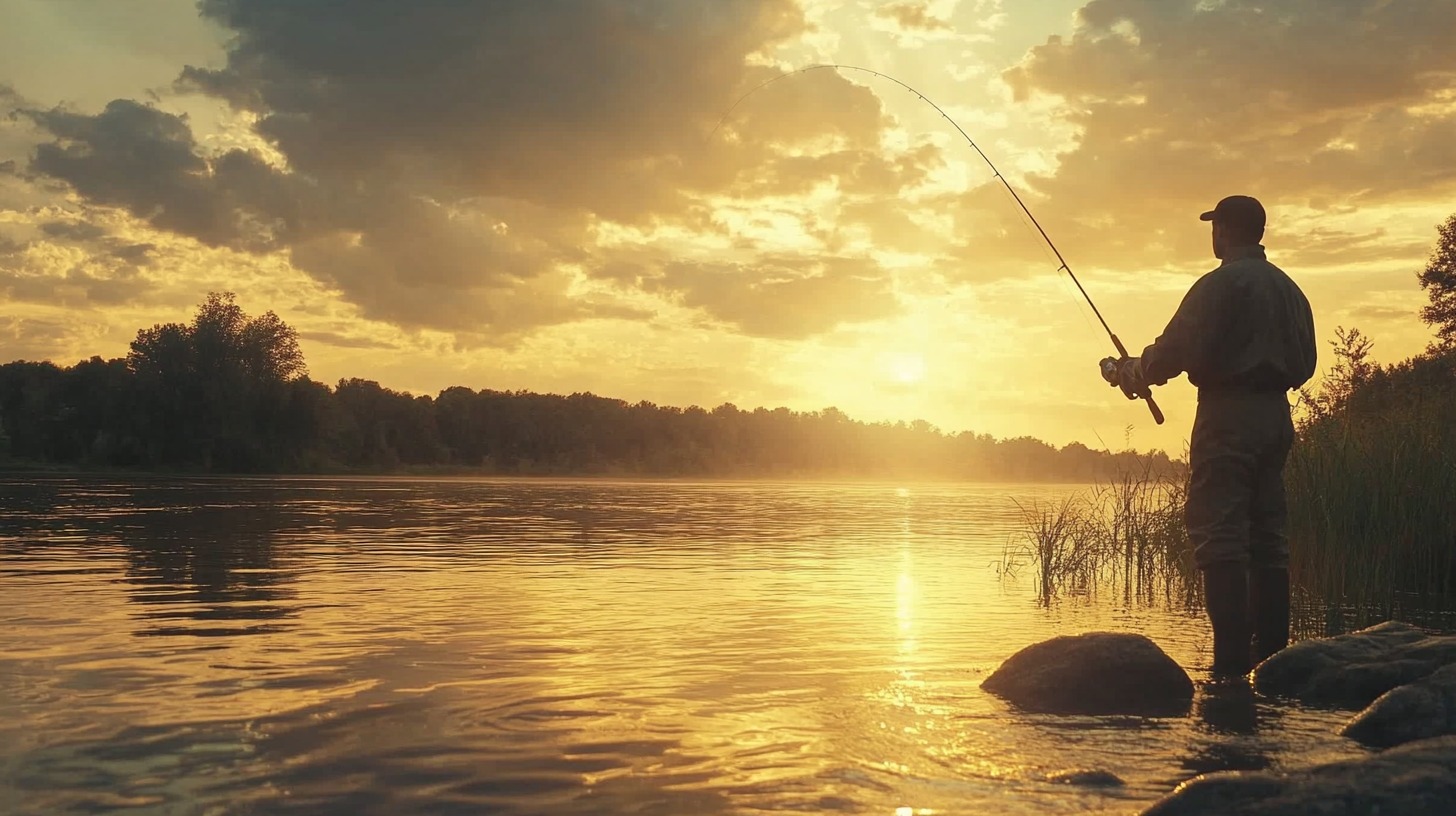
As the sun starts to set, the water temperature drops, creating favorable conditions for fish to move toward shallower areas. Many species that remained hidden during the hotter parts of the day become more active, searching for food.
- Cooler temperatures in the evening encourage fish to move out of hiding.
- Reduced sunlight makes fish feel safer and more likely to feed.
- Many species, including bass and crappie, become highly active.
- Artificial lures and live bait work well, as fish are aggressively feeding.
This period is especially effective for anglers using soft plastics, crankbaits, and live bait. Fishing near weed beds, submerged logs, and drop-offs can be productive, as fish position themselves in these areas to ambush prey. Topwater lures also perform well as light fades, mimicking the movement of vulnerable baitfish.
Midday Challenges
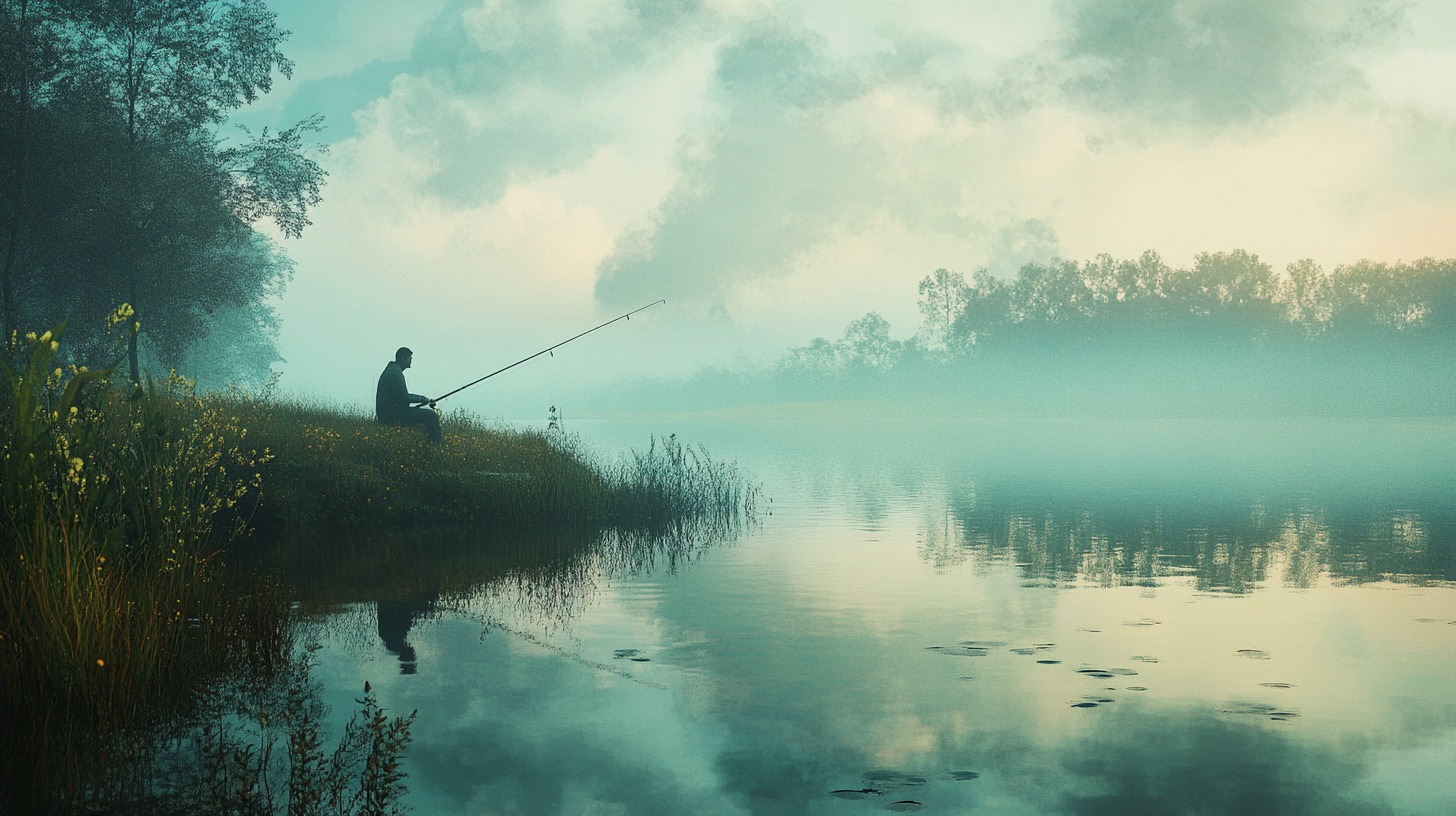
Midday fishing presents more obstacles due to higher temperatures and bright sunlight. Many fish retreat to shaded areas or sink into deeper water to escape the heat, making them less active and harder to catch.
- Higher temperatures cause fish to seek cooler, deeper waters.
- Bright sunlight makes fish more cautious and less likely to feed near the surface.
- Shaded spots, submerged structures, and drop-offs offer better opportunities.
- Slow-moving lures, deep-diving crankbaits, and bottom fishing can be more effective.
During midday, anglers should adjust their tactics by focusing on deeper structures, using weighted baits, or fishing in shaded areas like under docks, bridges, or overhanging trees. Slow-moving presentations, such as Carolina rigs or jigging techniques, help entice less active fish into striking.
Night Fishing
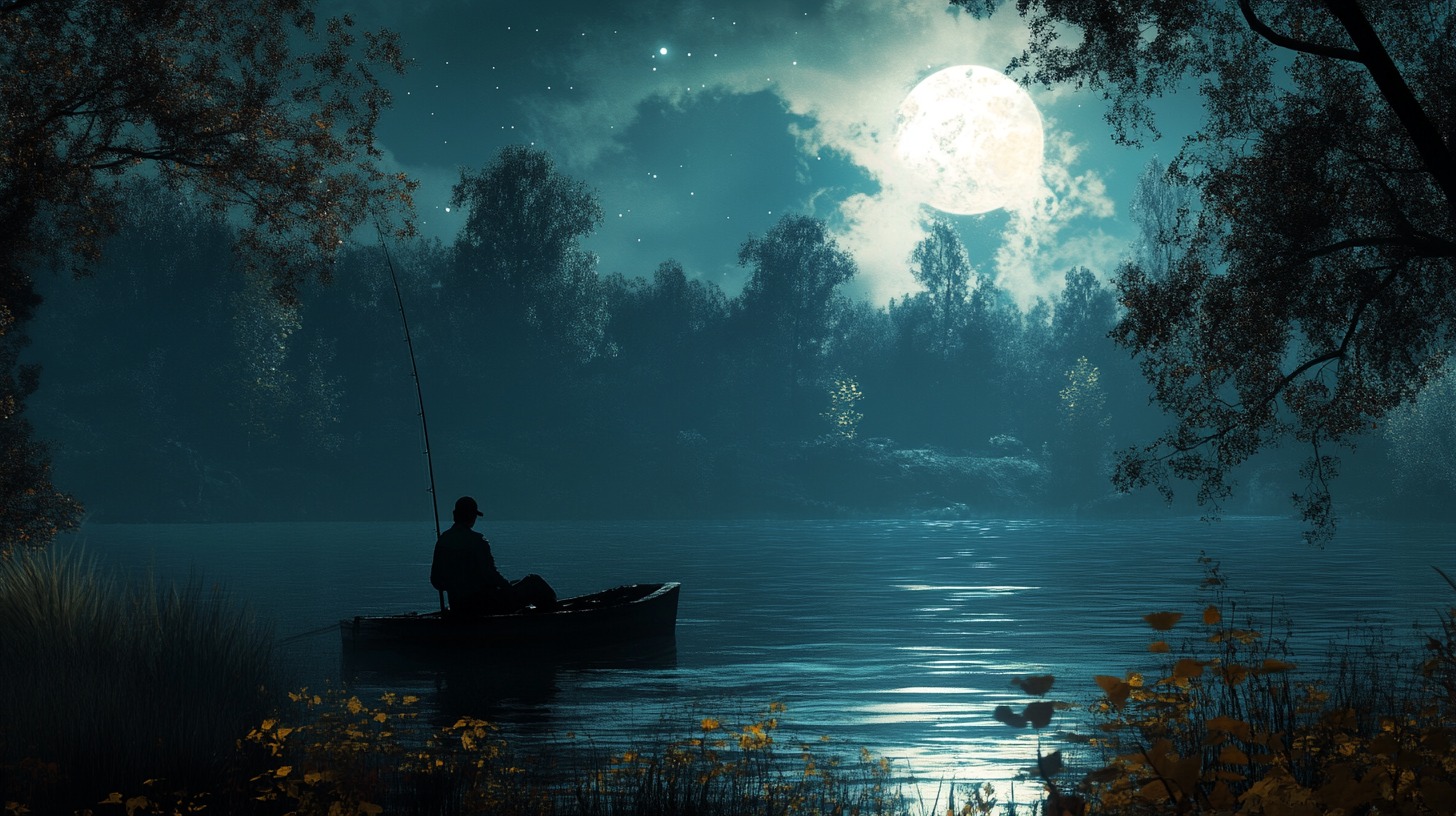
For certain species, night fishing can be incredibly rewarding. As temperatures drop, fish that were less active during the day become more comfortable moving around in search of food. The darkness provides them with a sense of cover, making them more confident in their movements.
- Species like catfish and walleye are more active at night.
- Cooler water temperatures encourage fish to leave deeper waters.
- Low-light conditions make fish feel less exposed to predators.
- Glow-in-the-dark lures, scent-based baits, and noisy topwater lures work best.
Fishing at night requires some adjustments in technique. Using bait with strong scents, such as cut bait, chicken liver, or shrimp, can help attract fish when visibility is low. Glow-in-the-dark lures or topwater baits that create vibration and noise can also trigger strikes.
Fishing near docks, rocky shorelines, or areas with some form of underwater lighting can further increase the chances of success.
Seasonal Fishing Patterns
Fish behavior changes throughout the year as water temperatures shift and food availability fluctuates. Each season presents different opportunities and challenges, requiring anglers to adjust their strategies. By recognizing these patterns, it becomes easier to determine when and where to fish for the best results.
Spring
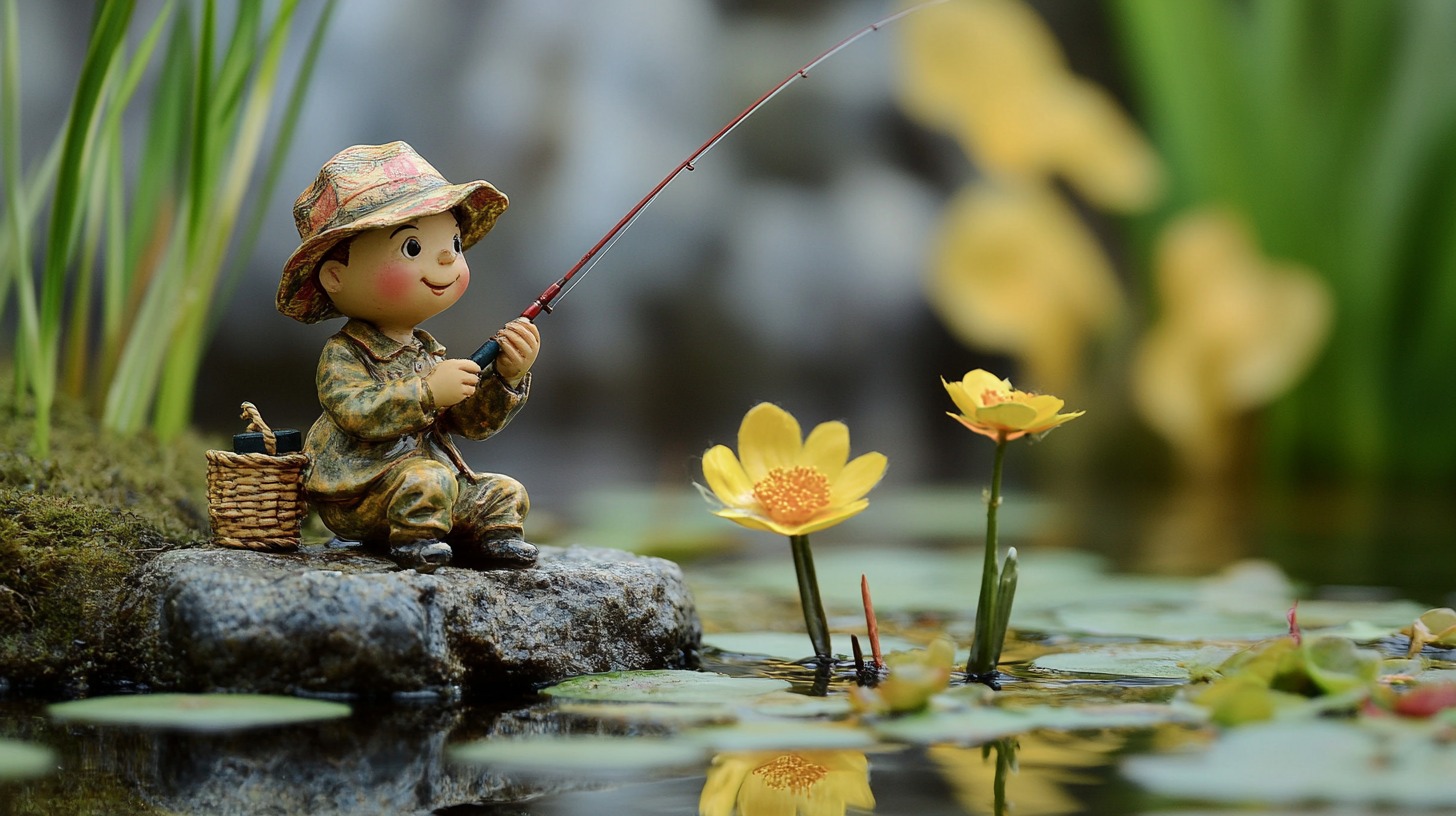
As temperatures rise, fish shake off the sluggishness of winter and become more active. The warming water triggers feeding behaviors, making spring a productive time for anglers.
- Increased Movement – Fish begin migrating to shallower waters, especially in lakes and rivers where they seek spawning grounds.
- Afternoon Advantage – The best fishing occurs in the late afternoon when the sun has warmed the water, increasing fish metabolism and activity levels.
- Insect and Baitfish Activity – Springtime hatchings provide a reliable food source, attracting larger fish. Using lures that mimic emerging insects or small baitfish can be highly effective.
- Water Conditions – Rainfall can affect visibility and oxygen levels, which influences where fish gather. Clearer waters near structure or slow-moving areas may yield better results.
Target species like bass, trout, and crappie become more aggressive during this season. Spawning behaviors can also make some species easier to locate, as they gather in predictable areas.
Summer
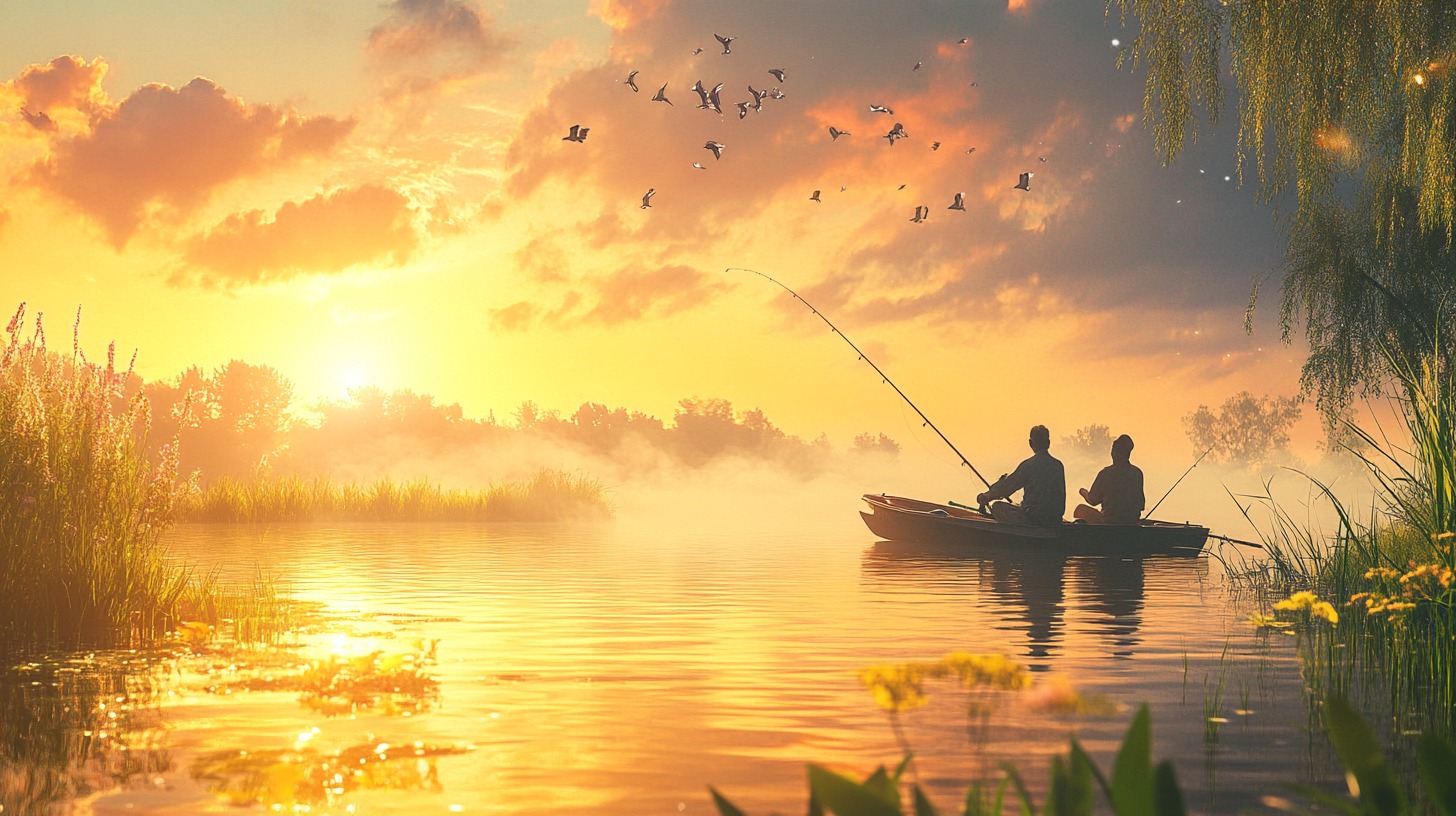
Higher temperatures create new challenges, pushing fish toward cooler areas and requiring anglers to be more strategic in their approach.
- Morning and Evening Are Best – During early morning and late evening, fish are more active due to cooler temperatures. The reduced sunlight allows them to move comfortably without the stress of excessive heat.
- Midday Challenges – The heat of midday drives many species toward deeper waters, submerged structures, or shaded areas like docks and fallen trees.
- Lure Selection – Soft plastics, jigs, and deeper-running crankbaits help reach fish that have moved below the surface. Live bait such as nightcrawlers and minnows also remain effective.
- Storm Effects – Summer storms can briefly increase fish activity, particularly before a weather front moves in, as barometric pressure drops.
Popular summer catches include bass, catfish, and walleye. Anglers fishing in saltwater should pay close attention to tide movements, as they play a significant role in fish location.
Autumn
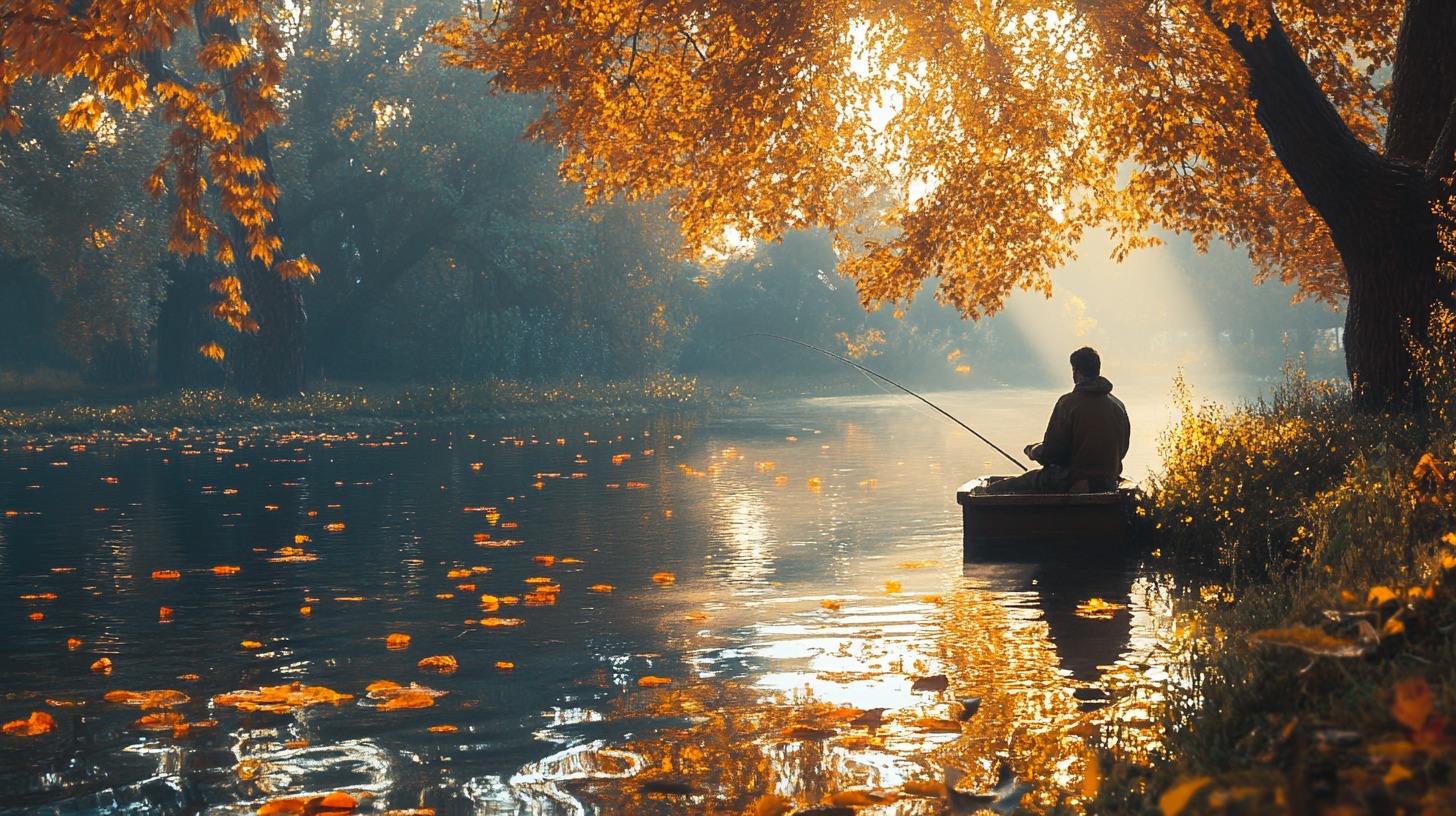
As temperatures cool, fish enter a feeding frenzy to prepare for the colder months ahead. This season often produces some of the best fishing opportunities of the year.
- Increased Feeding Behavior – Fish bulk up in autumn, making them more aggressive toward bait and lures.
- Late Morning to Afternoon Advantage – Unlike summer, midday fishing becomes productive again as cooler temperatures keep fish active throughout the day.
- Bait Selection – Larger baits and moving lures, such as spinnerbaits and jerkbaits, work well as fish hunt more aggressively.
- Water Clarity – Falling leaves and seasonal rains can impact visibility, so using bright-colored lures or scented bait can help attract fish.
Bass, walleye, and northern pike are commonly caught in the fall. Since fish are feeding heavily, anglers can experiment with different retrieval speeds to see what generates the most strikes.
Winter
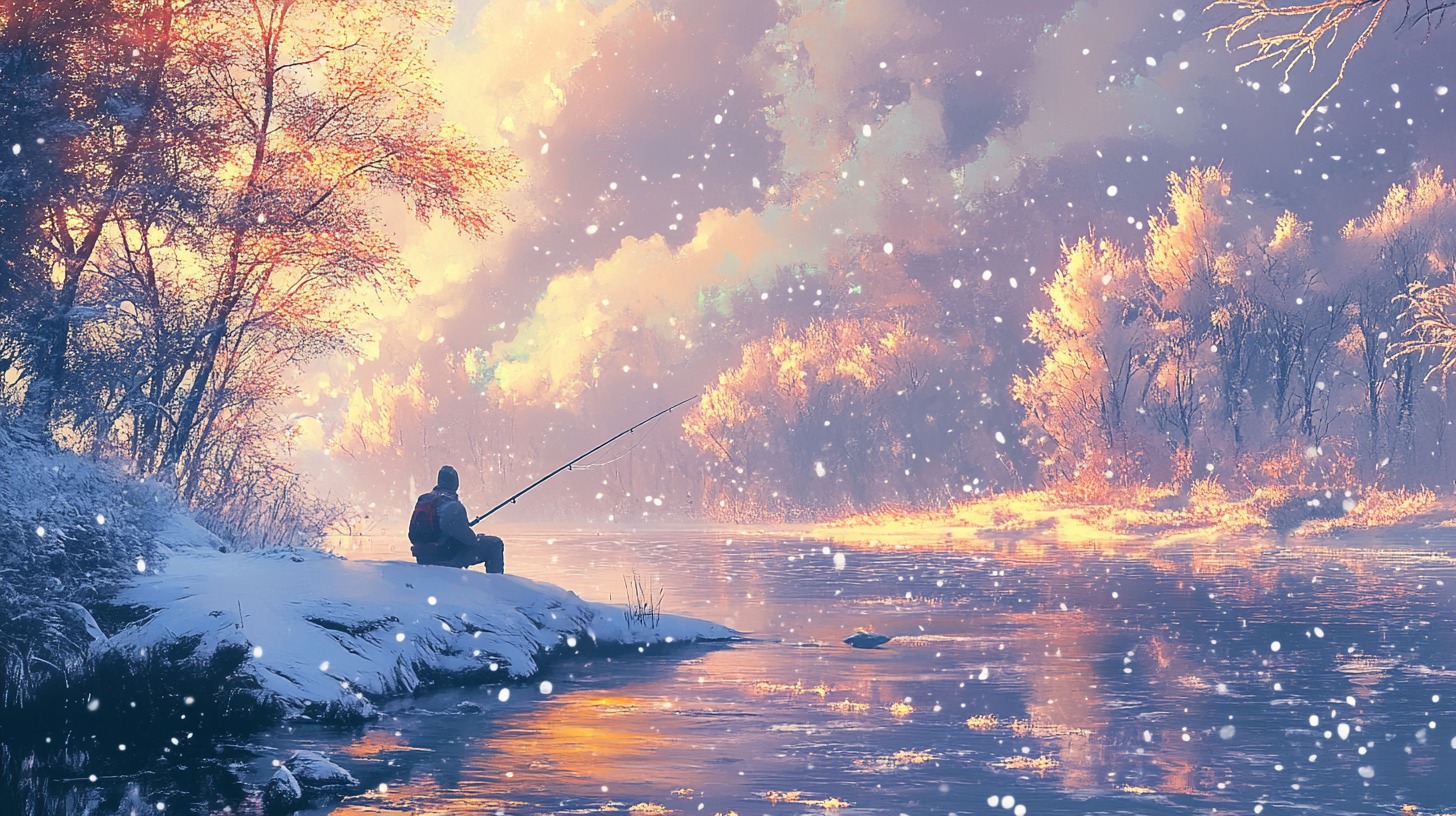
Cold water slows fish metabolism, reducing their movement and making them less aggressive toward bait. Winter fishing requires patience, but with the right approach, it can still be rewarding.
- Midday is Best – The slight increase in temperature during the afternoon encourages fish to be more active.
- Slow and Steady Approach – Fish are less willing to chase fast-moving lures. A slow presentation, such as jigging or dead-sticking, tends to work better.
- Deeper Waters – Many species move to the bottom of lakes and rivers, where water temperatures are more stable. Targeting these areas with weighted lures or live bait can increase success.
- Ice Fishing Opportunities – In colder regions, ice fishing is popular for species such as perch, walleye, and northern pike. Drilling holes over submerged structures or drop-offs can yield excellent results.
Anglers who adjust to the slower pace of winter fishing can still find success. Proper clothing and safety precautions are important when venturing onto frozen lakes or fishing in frigid conditions.
The Influence of Weather on Fishing
Weather patterns play a significant role in fish behavior.
Changes in temperature, pressure, wind, and precipitation affect how fish move, feed, and respond to bait. While some conditions create ideal fishing opportunities, others make catching fish much more difficult.
By paying attention to weather shifts, anglers can improve their timing and strategy for a more productive fishing trip.
Temperature and Oxygen Levels
Fish are highly sensitive to water temperature, as it directly impacts their metabolism, oxygen intake, and movement patterns. When temperatures rise or fall too much, fish adjust their locations to remain comfortable.
Warm weather challenges
Extreme heat reduces oxygen levels in shallow water, causing fish to move toward cooler, deeper areas where oxygen levels are higher. Species like bass and trout may become sluggish in hot conditions, requiring a slower bait presentation. Early mornings and late evenings are better times to fish during summer, as the water remains cooler.
Cold weather effects
When temperatures drop, fish metabolism slows down, leading to less movement and feeding activity. Many species, including bass and walleye, prefer deeper structures where the water remains slightly warmer. Slow, subtle lure movements and bait that require less effort to chase are more effective in cold conditions.
Optimal temperature zones
Some species thrive in moderate water temperatures, becoming highly active during transitional periods in spring and fall. Monitoring water temperatures with a thermometer helps anglers locate active fish zones.
Barometric Pressure
Changes in air pressure influence fish feeding behavior. High and low-pressure systems create different responses, making it important to track weather forecasts before heading out.
Low-pressure conditions (before a storm)
Fish sense dropping pressure and often feed aggressively before storms. Cloud cover and wind typically increase before a storm, making fish less cautious and more likely to bite. This is one of the best times to fish, especially for predatory species like bass and pike.
- High-pressure conditions (after a storm)
- Once a storm passes, fish tend to slow down and retreat to cover.
- Bright sunlight and stable air pressure make fish more cautious, requiring precise lure placement and natural bait presentation.
Fishing in deeper waters or shaded areas can increase success during these conditions.
Wind Conditions
Wind influences water movement, food distribution, and fish positioning. While strong winds can make fishing difficult, moderate breezes can improve catch rates when used strategically.
How wind affects fish behavior: Wind pushes surface debris, plankton, and small baitfish toward shorelines and structures. Larger fish follow these food sources, making windblown banks excellent fishing spots.
A steady wind from the same direction for several hours can create productive feeding zones. Fishing on the windward side of a lake or pond often yields better results, as baitfish accumulate in these areas.
Rain and Overcast Skies
Rain and cloudy weather create some of the best fishing conditions by lowering light penetration and increasing feeding activity. Fish feel safer moving closer to the surface and become more aggressive when hunting prey.
Light rain benefits
Light rainfall washes insects into the water, triggering feeding frenzies among fish. Increased oxygen levels due to raindrop agitation make fish more active. Topwater lures and live bait work well during light rain conditions.
Heavy rain and runoff impact
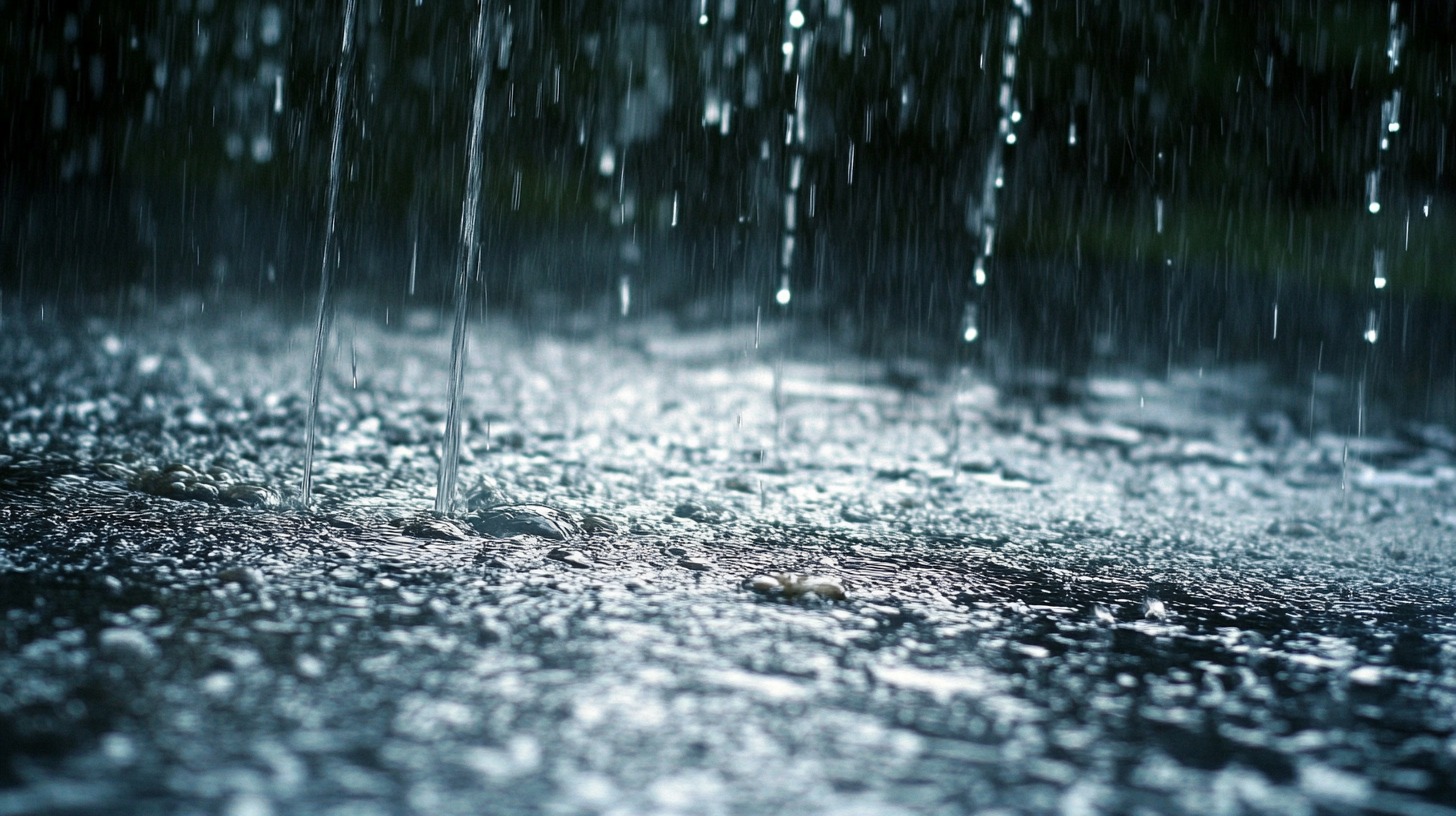
Strong downpours can muddy the water, making it harder for fish to locate food. Sudden water level changes can disrupt feeding patterns, requiring anglers to adjust their locations.
Fishing near inlets and areas where fresh water enters a lake or river can be effective, as fish gather to feed on displaced baitfish.
Overcast skies and fish behavior
Cloudy conditions encourage fish to stay closer to the surface, making them easier to target. Fish are less wary of predators in low-light environments, leading to more aggressive feeding. Slow-moving lures and natural bait presentations become more effective during overcast periods.
The Bottom Line
Several factors contribute to a successful fishing experience, including time of day, seasonal patterns, weather, and lunar cycles.
Adapting to changing conditions and using the right techniques can significantly improve results.
Experimenting with different approaches allows anglers to refine their skills and increase their chances of landing a great catch.
Related Posts:
- Best Illinois Fishing Spots For Muskie - Where to…
- What Fish Species Can You Catch at Shabbona Lake?
- How to Document and Keep Track of Your Fishing Trophies
- Your Go-To Fishing Checklist: Gear, Safety, and More
- 5 Best Braided Fishing Lines - 2025 Buyer's Guide…
- Crappie vs. Bluegill - Key Differences and the Best…



